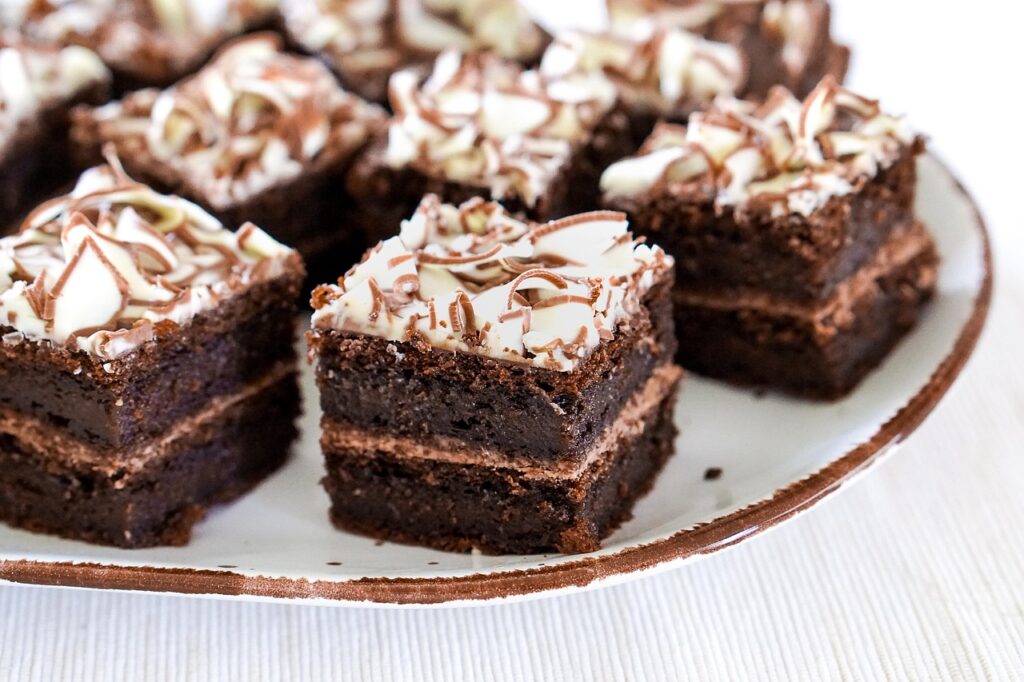I’d soaked the fruit, zested two whole oranges (and my jumper), and only realised after the fact that I’d poured in warm water instead of actual tea. The result? A bland, damp brick. Never again.
But once I brewed a strong mug of Yorkshire Gold and let those currants bathe overnight, it transformed everything. The fruit plumped up like little jewels, and the smell? Like marmalade toast on a slow Sunday morning.
This loaf might look plain—no glaze, no icing—but it’s anything but dull. Thick slices, warm, with a swipe of salted butter? Absolutely magic.
Why This Recipe Works
There are a few simple things that take this from average to unforgettable:
- Hot tea soak: Warm tea penetrates the fruit quickly and deeply, making it rich and juicy.
- Double zest: Two whole oranges give the loaf a fresh brightness that lifts the earthiness of the tea.
- No butter in the mix: Sounds odd, but it keeps the texture lighter. The butter comes after—slathered on thick.
Ingredients & Why They Matter
- Currants (150g): Tart and punchy—perfect balance to the raisins.
- Seedless raisins (150g): Sweet and chewy. Sultanas work too.
- Light muscovado sugar (150g): Adds a rich, almost toffee-like depth. White sugar just won’t cut it.
- Zest of 2 oranges: No shortcuts here—fresh zest only. It’s the soul of the loaf.
- Hot black tea (300ml): Strong stuff. Yorkshire Gold, PG Tips, or Earl Grey if you’re feeling floral.
- Self-raising flour (275g): For rise. Don’t swap in plain without adding baking powder.
- 1 large egg (beaten): Binds everything without weighing it down.
Customise It (Without Messing It Up)
- No egg? Use 2 tbsp yogurt or 1 tbsp ground flax + 3 tbsp water.
- Gluten-free? Doves Farm GF self-raising flour works. Add 10 mins to the baking time.
- Fruit swaps? Try dried cherries or chopped apricots. Just keep the total weight the same.
- Want to spike it? Replace half the tea with a splash of orange liqueur after soaking.
Common Mistakes (So You Don’t Make Them)
| What Went Wrong | Why It Happens | How to Fix It |
|---|---|---|
| Fruit sank to bottom | Didn’t soak long enough | Soak overnight for best texture |
| Dry edges | Oven too hot or overbaked | Bake low and slow—300°F is key |
| Tough crumb | Overmixed the batter | Stir gently, just until combined |
How to Make Mary Berry’s Orange Tea Bread
- Soak the Fruit:
Combine currants, raisins, sugar, and orange zest in a bowl. Pour over the hot tea, stir, cover, and let sit overnight. - Next Day – Preheat & Prep:
Heat oven to 300°F (250°F fan). Grease and line a 2lb loaf tin. - Mix:
Stir in the self-raising flour and beaten egg to the soaked mix. Fold gently—no heavy-handed whisking. - Bake:
Pour into the prepared tin and bake for 1 hour 30 minutes. It’s ready when a skewer comes out clean and the loaf starts pulling away from the sides. - Cool:
Leave in the tin for 10 mins, then transfer to a wire rack. I store mine upside down—helps even out the top!
Tips From My Kitchen
- I swear by Yorkshire Gold for a rich soak.
- I line my old tin all the way up the sides—it bakes hot.
- In winter, I add a dash (½ tsp) of orange extract to brighten things up.
- Freezing the zest? Totally fine—just pat it dry first to cut the bitterness.
Storage & Serving
- Keeps: Wrapped tightly, it stays good for up to a week.
- Freezes: Wonderfully. Slice first and layer parchment between.
- To Serve: Thick slices, buttered. Cup of milky tea optional—but highly recommended. Also great with a slice of mature cheddar for a sweet-salty twist.
FAQs
Q: Can I use frozen orange zest?
A: Yes, but thaw and pat dry. It’s a bit more bitter, so taste and adjust.
Q: Can I speed up the soak?
A: If you must, soak for at least 4 hours with just-boiled tea and cover tightly. But overnight is better.
Q: Muffin tin version?
A: Absolutely! Bake at 325°F for 25–30 minutes. Great for grab-and-go breakfast.
Q: Is this dairy-free?
A: Yep! Just watch what you spread on top.
More Mary Berry Recipes You’ll Love:
- Mary Berry Pecan & Ginger Syrup Pudding
- Mary Berry Round Lemon Drizzle Cake
- Mary Berry Red Velvet Cake
- Mary Berry Ginger Cupcakes








